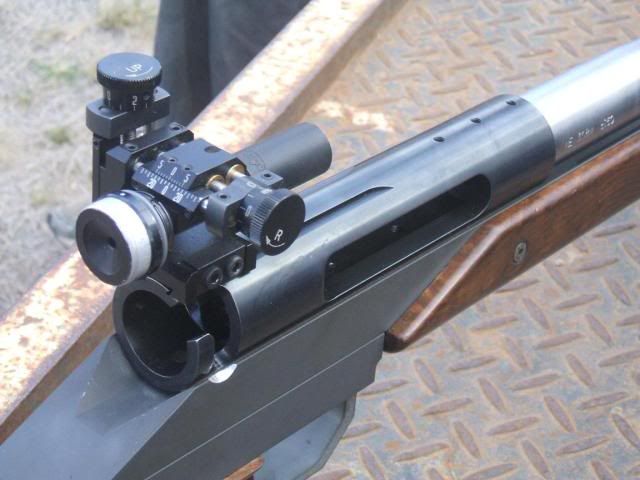Al, looking at my notes, I see that the prototype I handled weighed 2 lb, 14.5 oz. (46.5 oz.) with the trigger in place. In fullbore shooting, we hang relatively heavy 30" barrels from the action so a fair amount of mass is a good thing both for rigidity and balance. Of course, the same design can be made lighter and smaller or even in a different way altogether if light weight is an objective.
While we prone shooters don't value fast bolt cycling too much, for instance; I am aware that Benchrest shooters place a higher value on it. A rear lug action will have a slightly shorter bolt throw for a given amount of loading port exposure and with no lug abutments to interrupt the feeding process, it can be made to feed very smoothly.
In its present receiver body, the Inch isn't going to be a Light Varmint class contender, it's too heavy. That's not to say the same rear lug bolt couldn't be housed differently for such purposes. However, it would make a very good 600 - 1000 yard Benchrest action in its present form.
Each design has it's strong points, the rear lug design is a short(er) throw, fast feeding design, with excellent gas containment. The Inch appears to overcome the design's traditional rigidity and bolt flex problems and the trigger is the superb
X-Treme Trigger design. I'm eager to hold a production version in my hands and to report on it.



